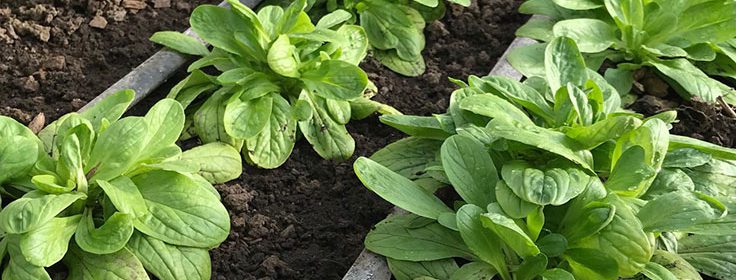June 23 Column: Hoop House and Greenhouse

I get a lot of questions about how I use my hoop house and greenhouse. Because of that, I felt it should be the topic for one of my garden columns. Well, today’s the day! Here’s a link to it in The Spokesman-Review: Hoop houses and greenhouses help extend garden season. (you can read my column lower in this post)
I shot a video of both the hoop house and greenhouse set-ups because I figured it’d be easier than trying to visualize everything.
Here’s a link to the blog post I wrote back when we built our hoop house. In it, I embedded a video of the construction and I provided a supply list. I’m not necessarily encouraging you to build the same exact thing, but it gives you some ideas.
Bill designed the hoop house and figured out what we’d need to do it. I’m always so appreciative of his help because I’m not very good at figuring out things like that!
You can also find additional information on growing veggies through the winter by going to the posts I’ve categorized under “winter garden.”
Regarding the watering set-up in our greenhouse, I wrote a blog post about that, too!
Column:
When living in a temperate climate, some gardeners use their creativity in order to extend the growing season.
I am one of those gardeners. Over the years, I’ve been experimenting and pushing the envelope as much as possible. My quest is to grow plants when common wisdom says otherwise. My two best tools are our small hoop house and greenhouse, and I’m frequently asked how I use them.
Several years ago, I decided to try growing some veggies during the winter months. I planted lettuce, spinach, carrots and bunching onions in a raised bed. I covered them with floating row cover for a bit of warmth. That was replaced later with a sheet of clear plastic when the temperatures dropped.
The plants grew nicely until about November, then struggled mightily. I didn’t get to harvest much but they did make it through the entire winter. I vowed to try it again the following winter and do a better job of selecting more cold-tolerant crops.
Hoop house history:
It sure is helpful to be married to a handy husband. Bill felt my success rate would increase if we built a small hoop house, which is a plastic-covered greenhouse. He designed the structure, which measures 10 feet wide by 9 feet long and fits over two raised beds. The hoops, made from PVC pipe, are attached to a wooden base. It’s covered with 6-millimeter greenhouse plastic. Once we installed two small doors at each end of it, we were in business. The hoop house was designed to be sturdy yet lightweight, so we could move it around to different areas of the garden.
The new structure and hardier crops made all the difference. We have never provided supplemental heating to the hoop house yet I’m able to grow salad greens throughout the winter. It isn’t used only in winter, however.
From early spring to fall, we grow warm-season crops that crave higher soil temperatures (melons, cucumbers, peppers, tomatoes and eggplants) in the hoop house. After all, it gets quite warm in there so why not put that heat to good use? Once the danger of frost has passed, we leave the doors open so the pollinators easily find their way inside.
Our greenhouse specs:
Our greenhouse is 6 feet wide by 8 feet long and covered with glass and twin-wall polycarbonate panels. I primarily use it in early spring as a temporary home for tender plants I’ve started from seed indoors.
Once the seedlings have a few mature leaves, I move them out to the greenhouse where they are protected from frosty nights but can enjoy more sunlight than an indoor environment provides. In mid-May, those plants can be transplanted into the garden.
There are two long planting benches inside the greenhouse. Many years back, I designed a self-watering system for plants that has worked really well. This involved attaching a plastic rain gutter to the front of each bench, covering the bench surfaces with sheets of plastic and draping capillary mats (a moisture-wicking material) from the top of the bench down into the water-filled gutters. The plants are placed on top of those mats.
Each morning, a drip line from one of our sprinklers refills the gutters, and the water travels up through the capillary mats, automatically watering the plants. So far, that’s all I use the greenhouse for. Don’t tell Bill, but I’m already looking at ways to push the envelope with it as well.
Here’s the quick video tour of the hoop house and greenhouse. Have a great week!

